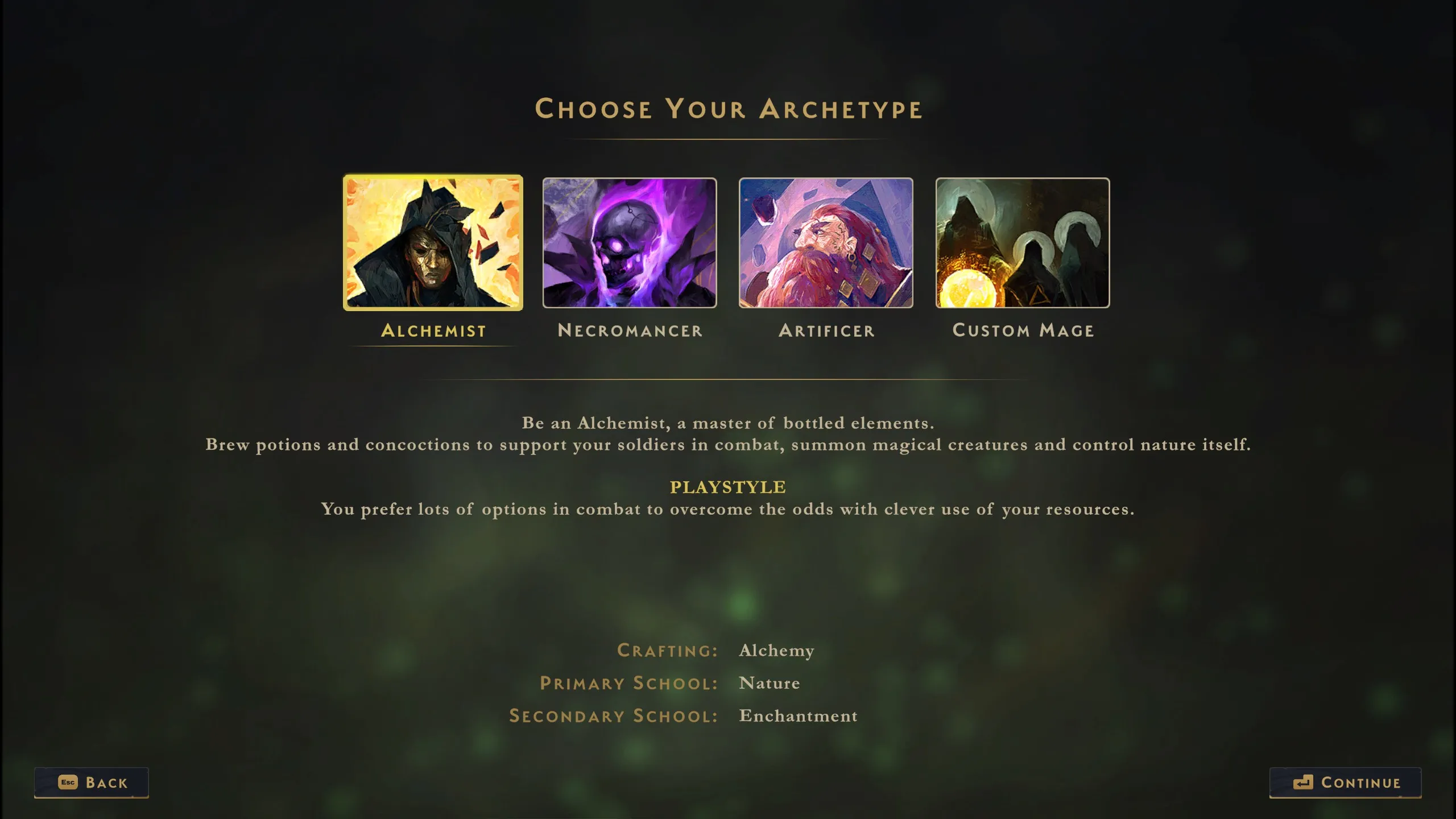
SpellForce: Conquest of Eo – A Deep Dive into the World of Eo
The setting is crucial to a game’s success. Creating a fully realized world with its own history, characters, races, and intricate lore, however, is a monumental task. Large studios like those behind God of War and Starcraft have the resources to craft such universes, but smaller teams often face significant challenges. One solution is to leverage existing intellectual property.
Utilizing pre-established worlds, like those found in The Lord of The Rings or Warhammer, offers a shortcut. These settings come with established rules, rich lore, and ready-made characters and environments. This significantly reduces development costs, allowing developers to focus on crafting compelling narratives. However, licensing these well-known universes can be expensive.
This is where lesser-known but equally rich worlds, like the science fiction setting of Atom or the grim world of Tunguska, become attractive alternatives. One such setting is SpellForce, a western fantasy world drawing inspiration from Dungeons & Dragons. This rich universe offers fertile ground for smaller studios. Owned by Gravity chose this setting for their latest release, the turn-based RPG-strategy game SpellForce: Conquest of Eo. But does this world contribute to the game’s success? Let’s delve in.
A Compelling Journey
Fans of real-time strategy might find the name SpellForce familiar. Originally created by Phenomic for SpellForce: The Order of Dawn in 2003, this universe has spawned several sequels across PC and consoles, including the recent SpellForce 3 Reforced. SpellForce: Conquest of Eo, however, isn’t part of this timeline. Instead, Owned by Gravity uses the world’s lore as the foundation for a new adventure.
 SpellForce: Conquest of Eo – Gameplay
SpellForce: Conquest of Eo – Gameplay
By leveraging the existing SpellForce lore, the developers could focus on crafting a detailed narrative and engaging quests. The journey unfolds like a classic tabletop RPG rulebook, rich with meticulously crafted dialogue, settings, and events that rival even narrative-focused tactical RPGs like King Arthur: Knight’s Tale.
While sharing the turn-based RPG-strategy gameplay of titles like Heroes of Might and Magic, SpellForce: Conquest of Eo leans more towards RPG elements. This emphasis on narrative effectively ties together the game’s other components. Each encounter and turn reveals new stories and quests, pushing players to explore the diverse landscapes of Eo.
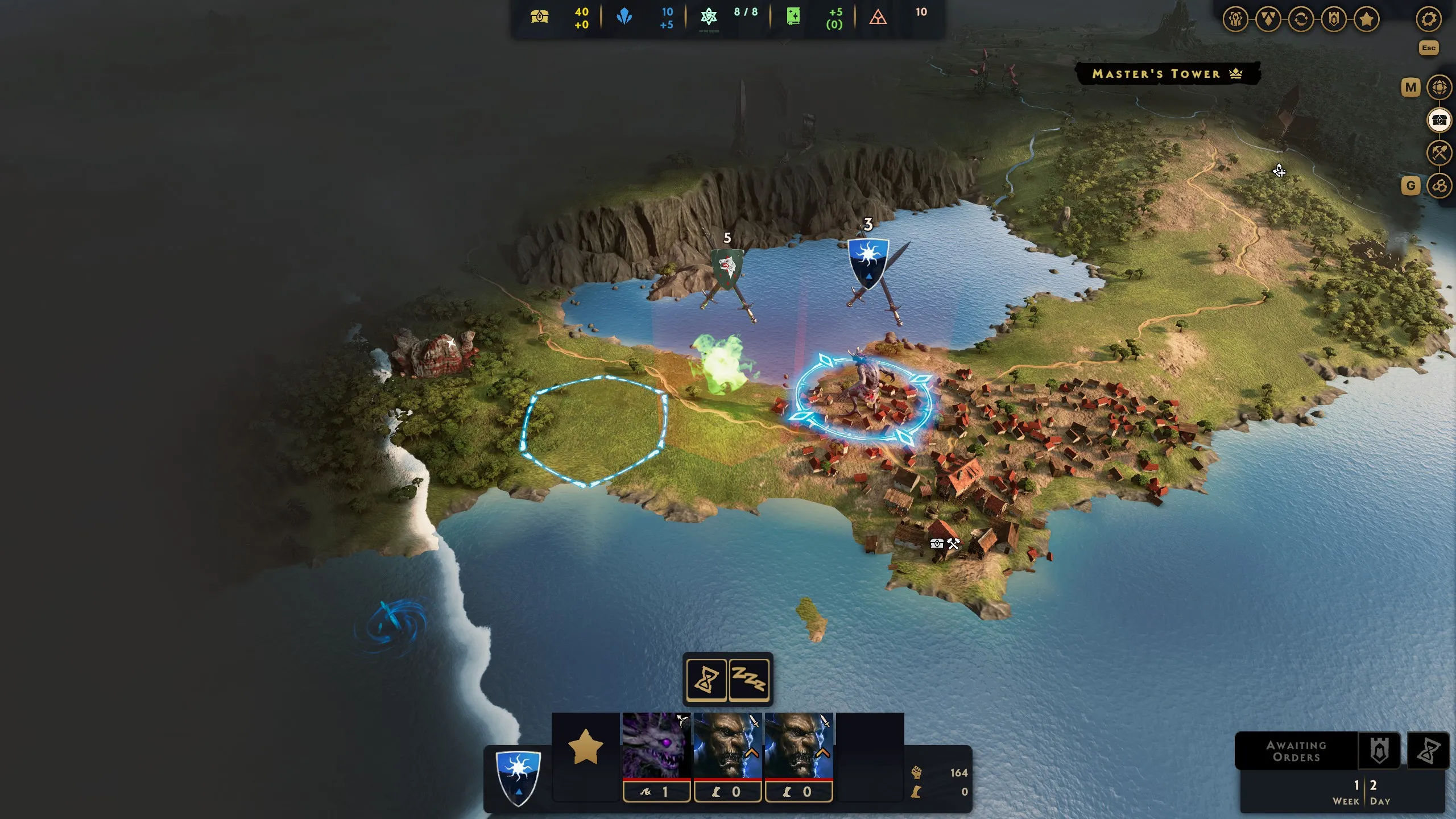 SpellForce: Conquest of Eo – Exploration
SpellForce: Conquest of Eo – Exploration
Unlike some strategy games with lackluster endgame content, SpellForce: Conquest of Eo‘s side quests offer unique enemies, rewarding challenges, and exciting rewards, ensuring a captivating experience throughout. The tactical gameplay, while not as demanding as King’s Bounty or as grand in scale as Might and Magic: Heroes VI, focuses more on party-based RPG mechanics, emphasizing character progression, item crafting, and spell upgrades.
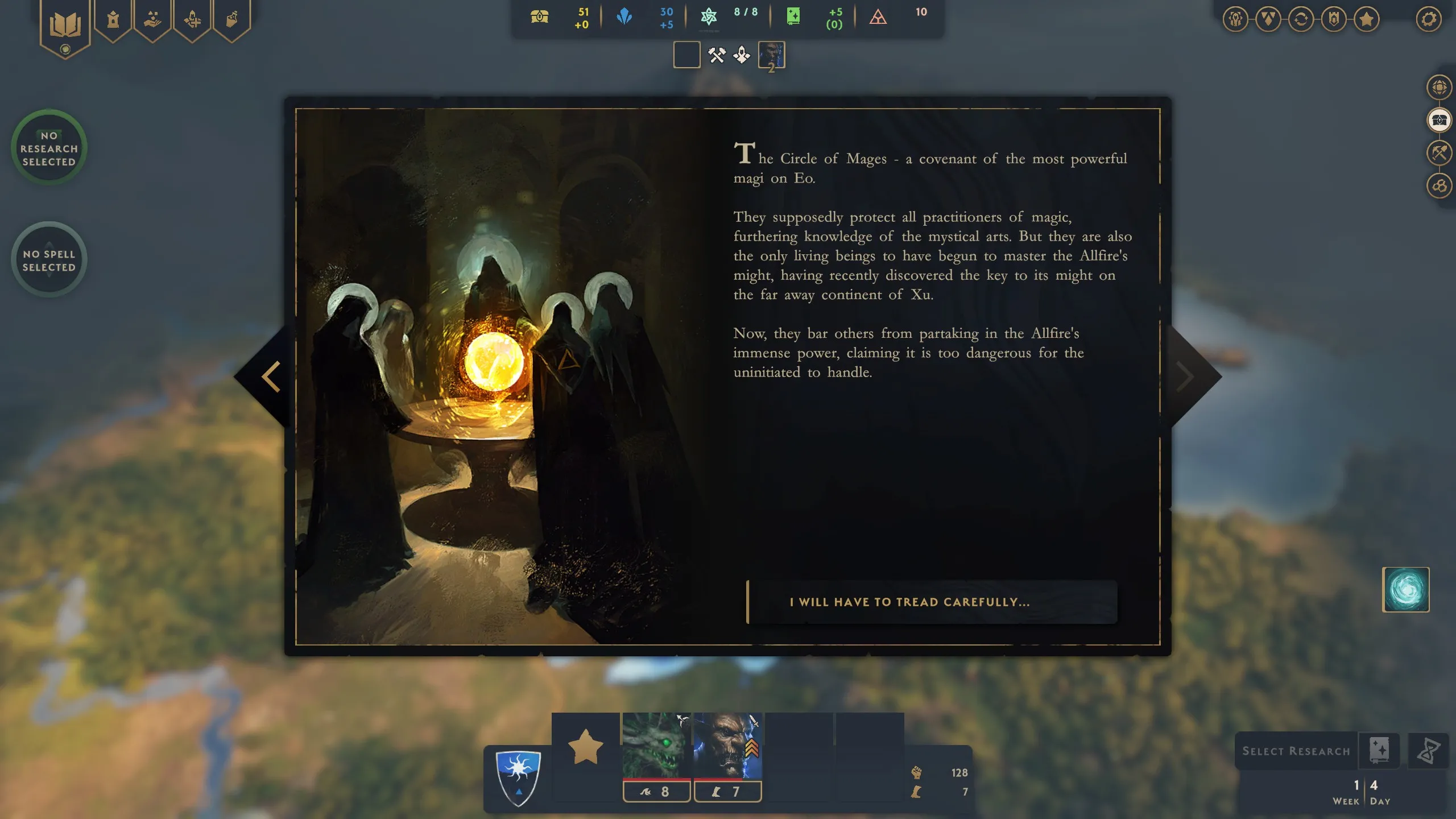 SpellForce: Conquest of Eo – Character Progression
SpellForce: Conquest of Eo – Character Progression
Unit levels often outweigh inherent unit strength. A veteran unit from the early game, properly leveled and equipped, can easily outperform stronger, lower-level units. Preserving your troops becomes paramount, contrasting with the expendable units of many other strategy games. The simplified resource management system further underscores the focus on exploration and narrative. Magical artifacts acquired through quests and exploration become key resources, minimizing tedious resource gathering.
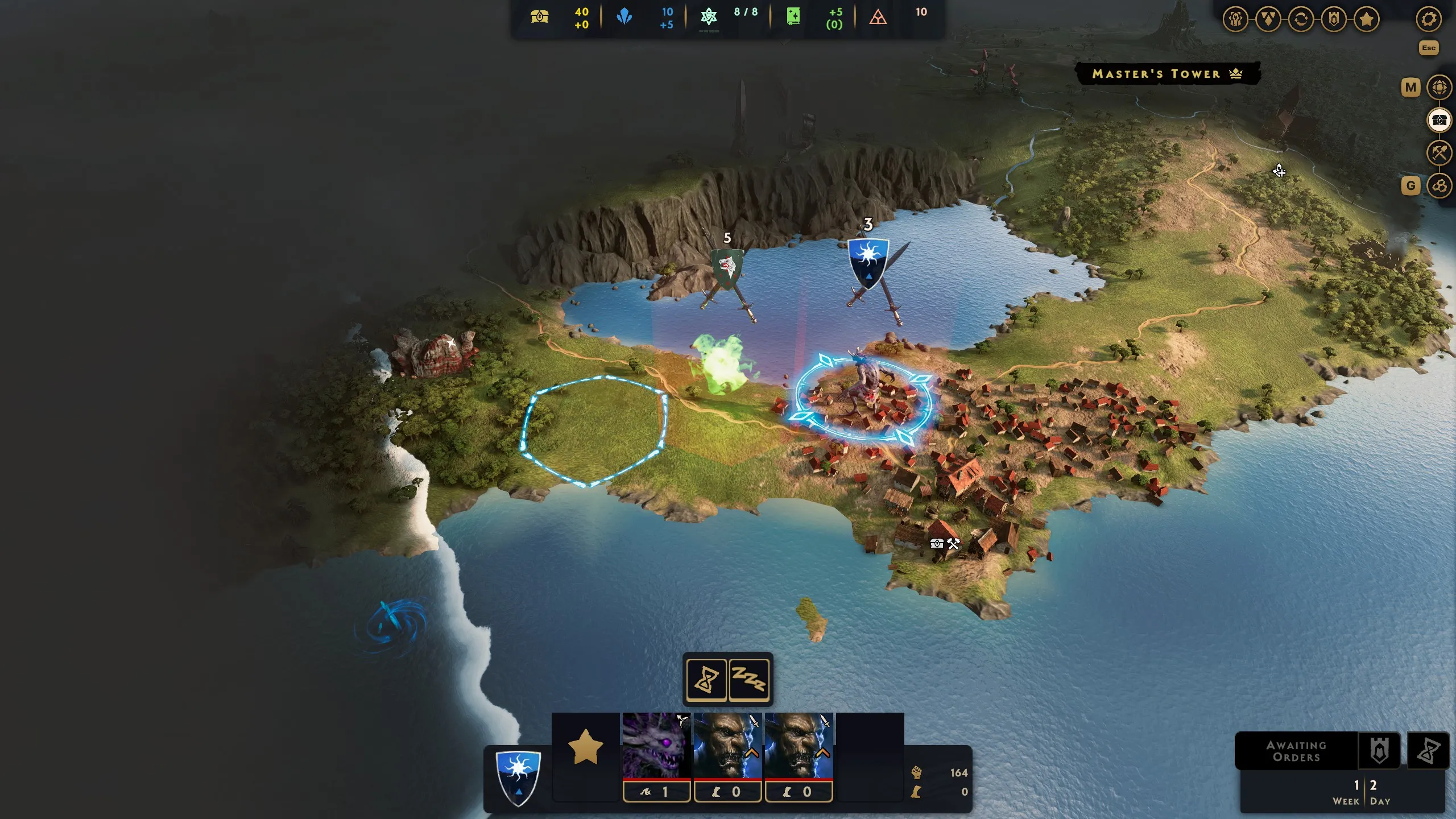 SpellForce: Conquest of Eo – Combat
SpellForce: Conquest of Eo – Combat
Players progress through interconnected stories, gradually uncovering the intricacies of the SpellForce world in a way few games have achieved. SpellForce: Conquest of Eo prioritizes role-playing and exploration over traditional strategy, offering a carefully crafted narrative within the intriguing SpellForce setting.
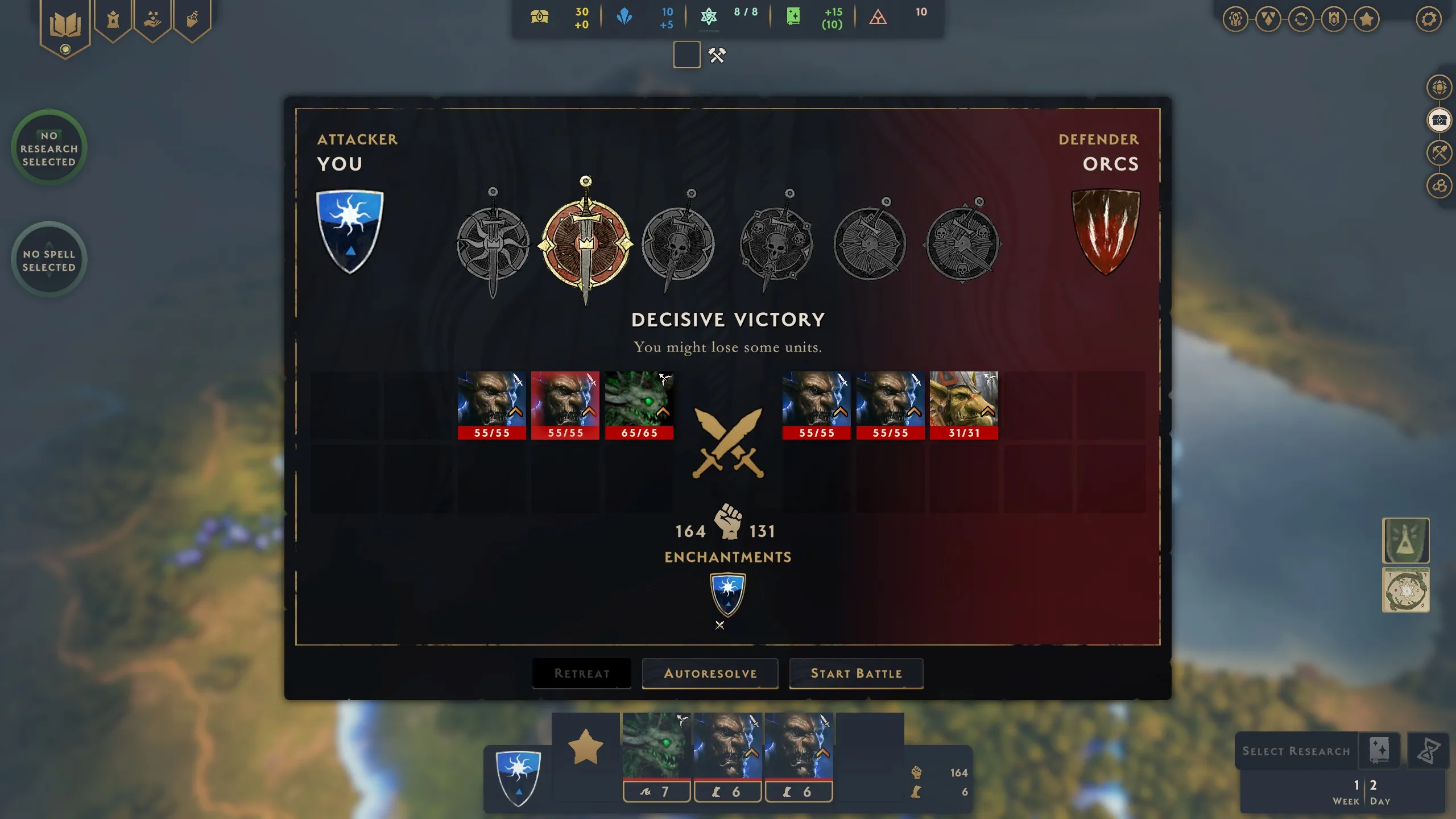 SpellForce: Conquest of Eo – World Map
SpellForce: Conquest of Eo – World Map
The game features a diverse range of races, each with unique strengths, units, and spell systems. Necromancers command undead legions and wield powerful summoning magic, while Alchemists favor human troops and specialize in offensive and support spells. This diversity creates distinct playstyles and ensures high replayability.
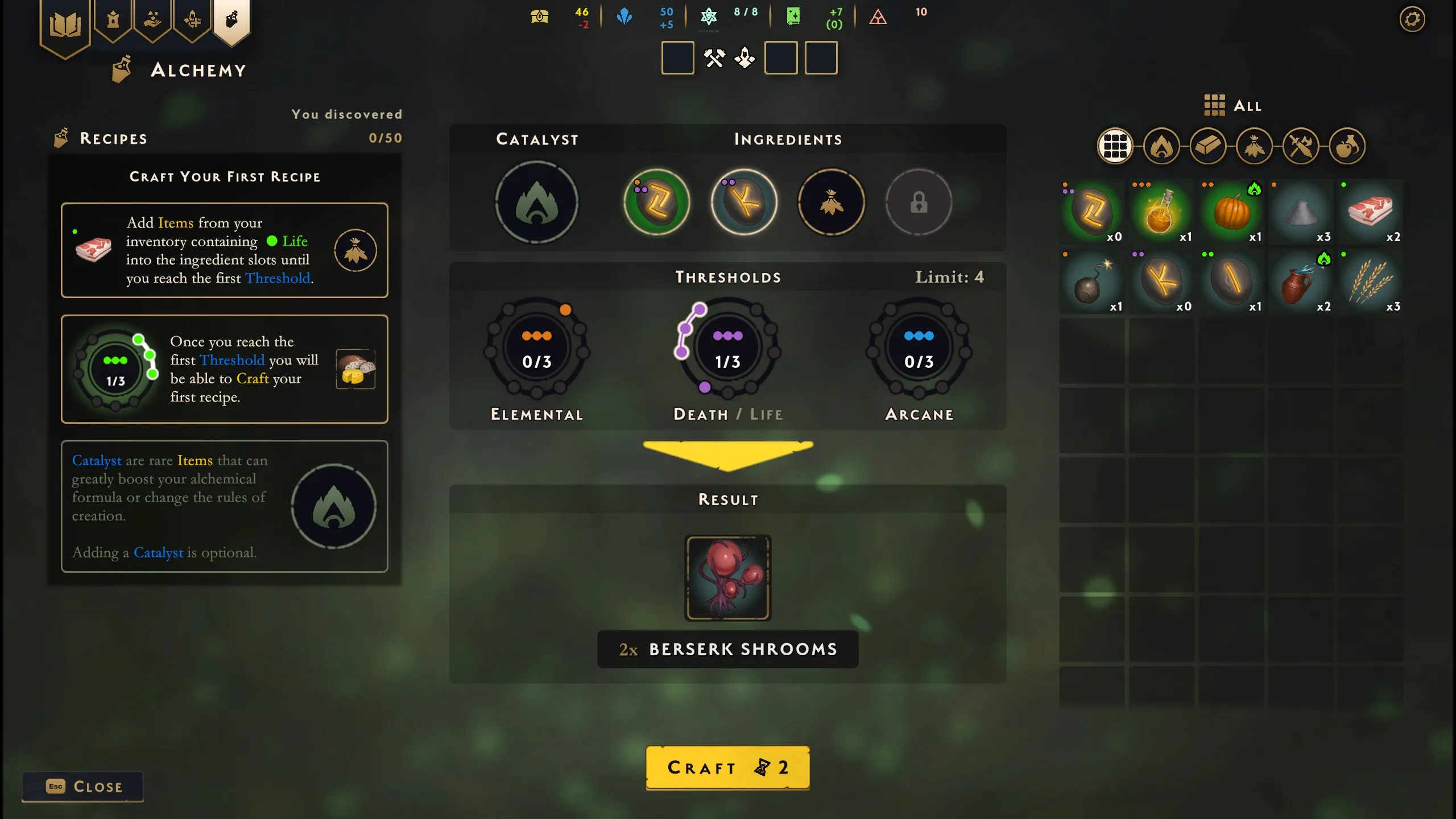 SpellForce: Conquest of Eo – Races
SpellForce: Conquest of Eo – Races
Combat takes place on classic hex-based grids. Players maneuver units, strategically cast spells, and exploit terrain to maximize damage and minimize losses, reminiscent of classic turn-based strategy games. This tactical layer integrates seamlessly with the overarching narrative, creating a satisfying gameplay loop.
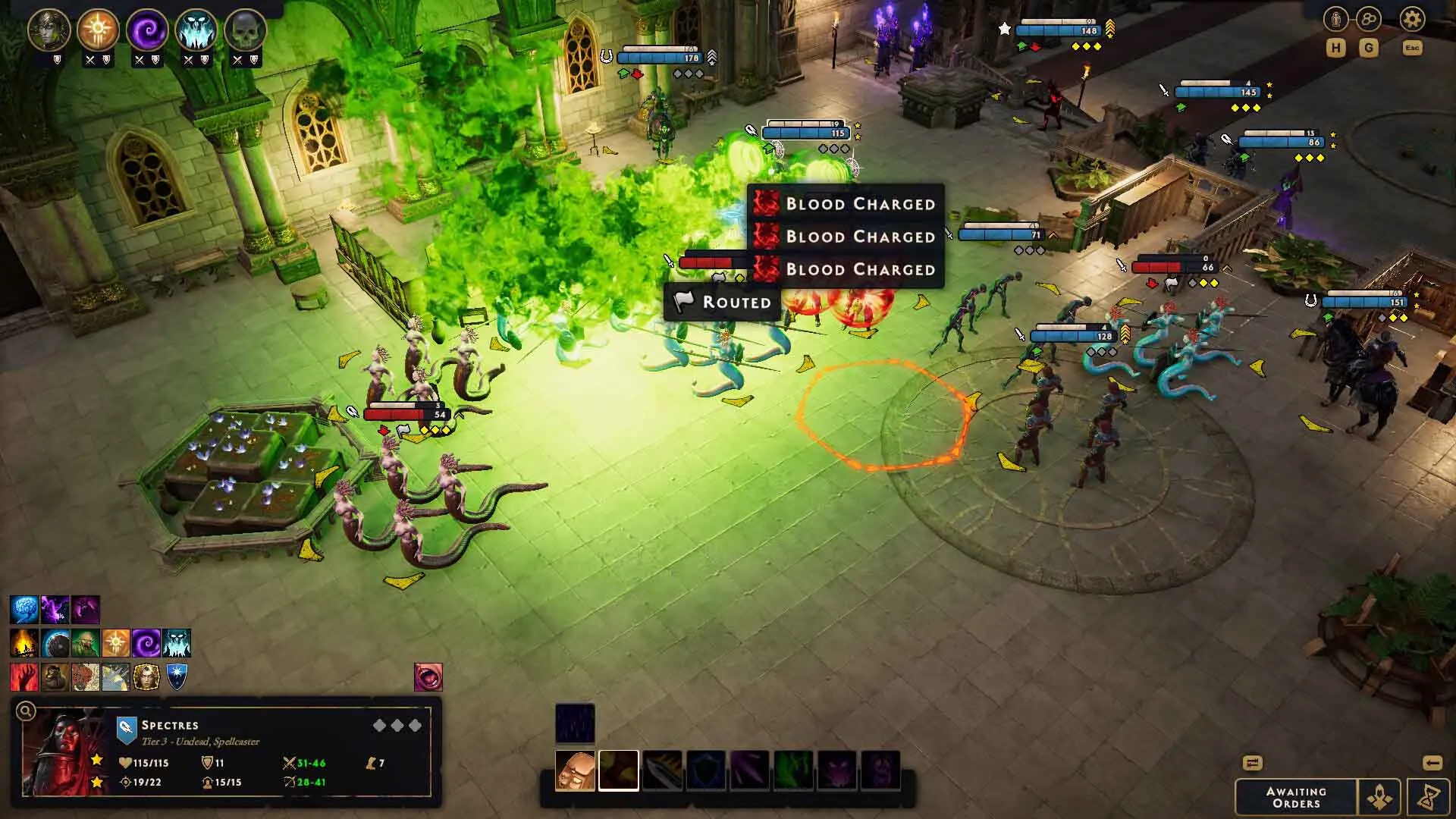 SpellForce: Conquest of Eo – Tactical Combat
SpellForce: Conquest of Eo – Tactical Combat
While not visually groundbreaking, the game’s graphics are charming and functional. Low-poly models ensure smooth performance even on older systems, while distinct unit designs and visually appealing spell effects maintain visual clarity.
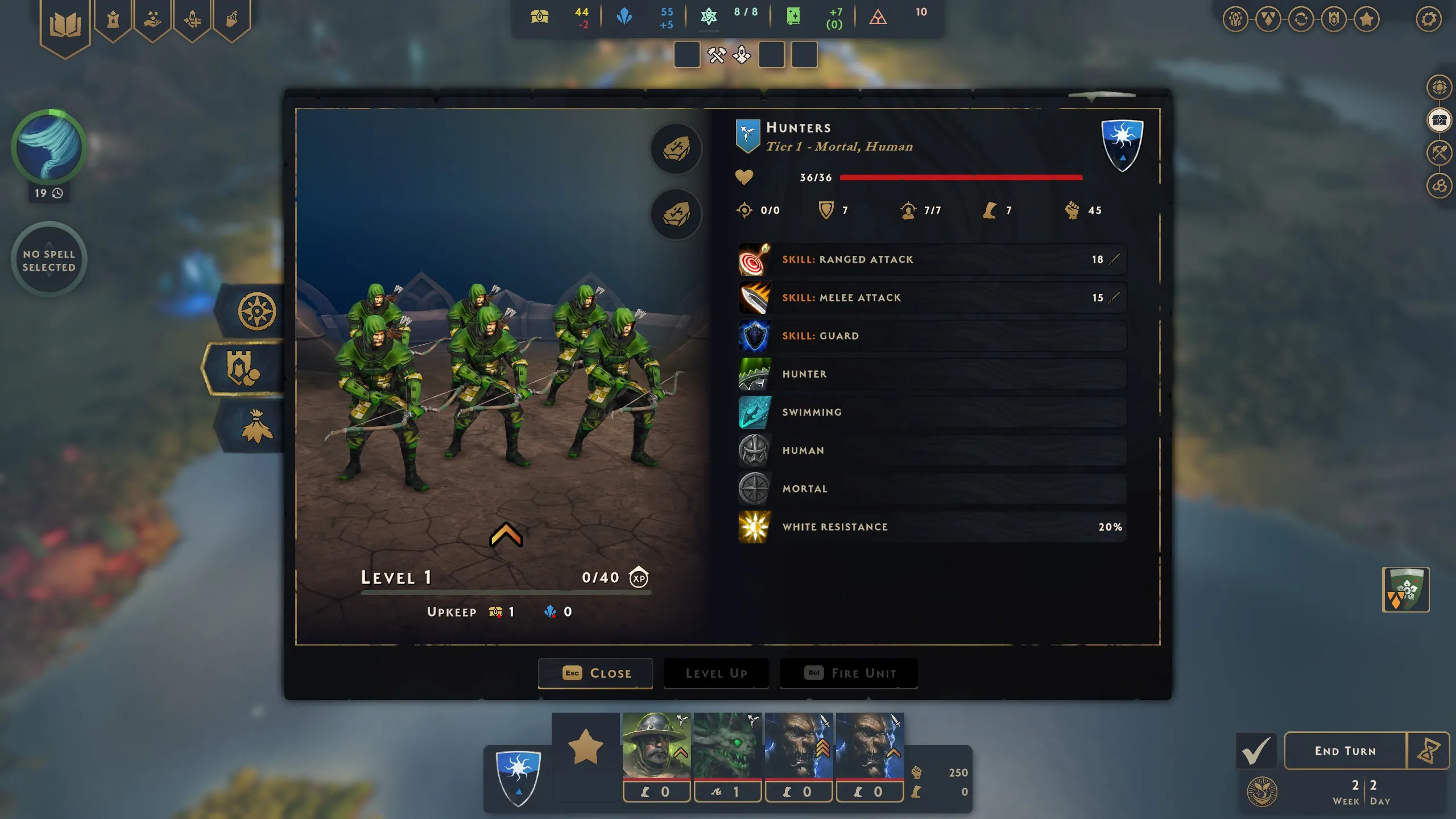 SpellForce: Conquest of Eo – Visuals
SpellForce: Conquest of Eo – Visuals
Minor Shortcomings
Despite its strengths, SpellForce: Conquest of Eo has some minor flaws. The text-heavy tutorial lacks visual guidance, leaving new players to decipher dense instructions. The abundance of text-based events after each turn, similar to Disco Elysium, can be overwhelming without cutscenes or voiceovers. Finally, the manual resource gathering system feels cumbersome, lacking the automation of games like Sid Meier’s Civilization VI.
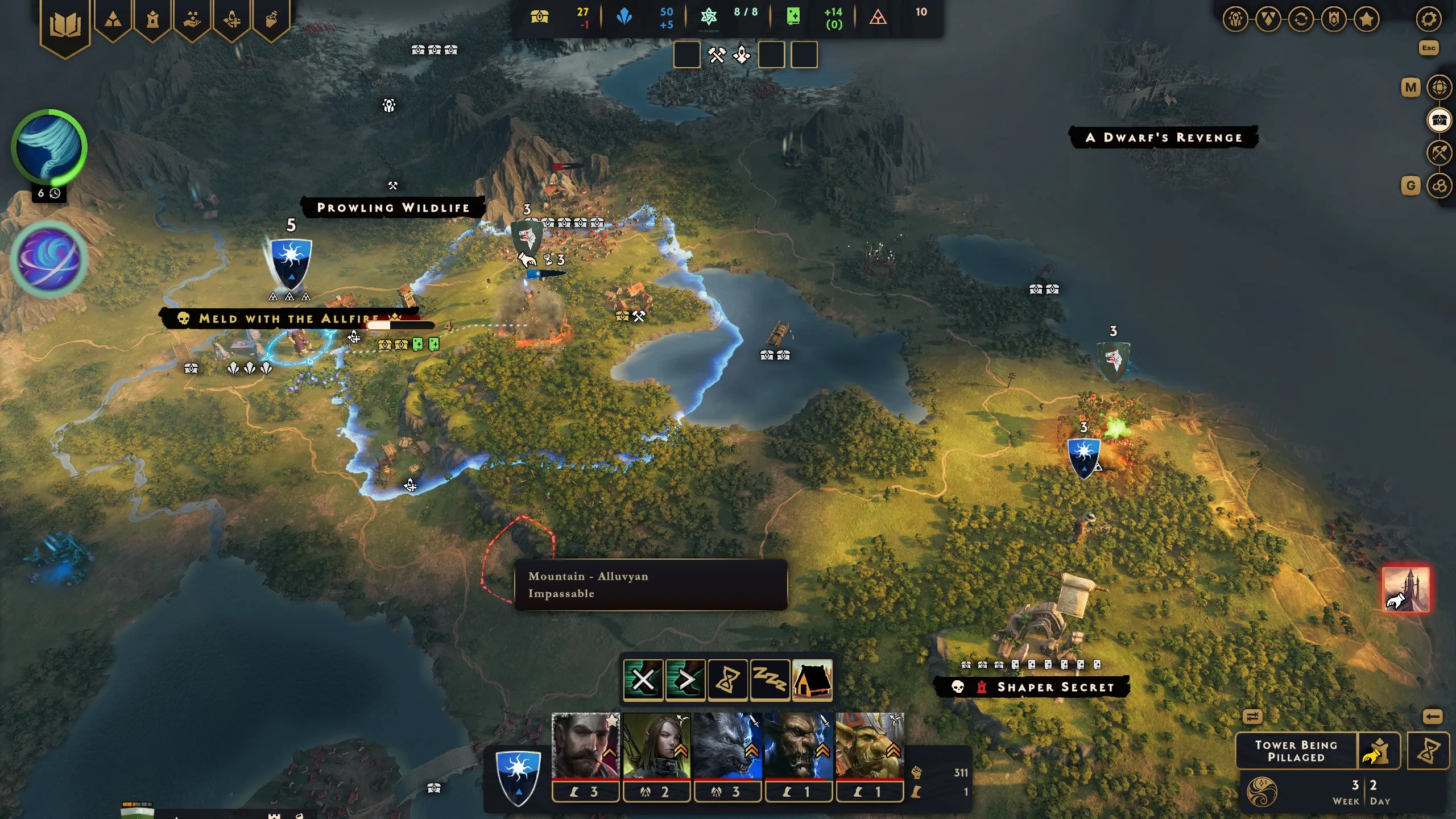 SpellForce: Conquest of Eo – User Interface
SpellForce: Conquest of Eo – User Interface
Conclusion
SpellForce: Conquest of Eo successfully utilizes the rich SpellForce universe to deliver a compelling RPG-strategy experience. While some minor issues exist, the game’s deep narrative, engaging quests, and diverse gameplay make it a worthwhile journey for fans of the genre.





Comments (0)